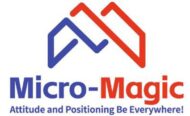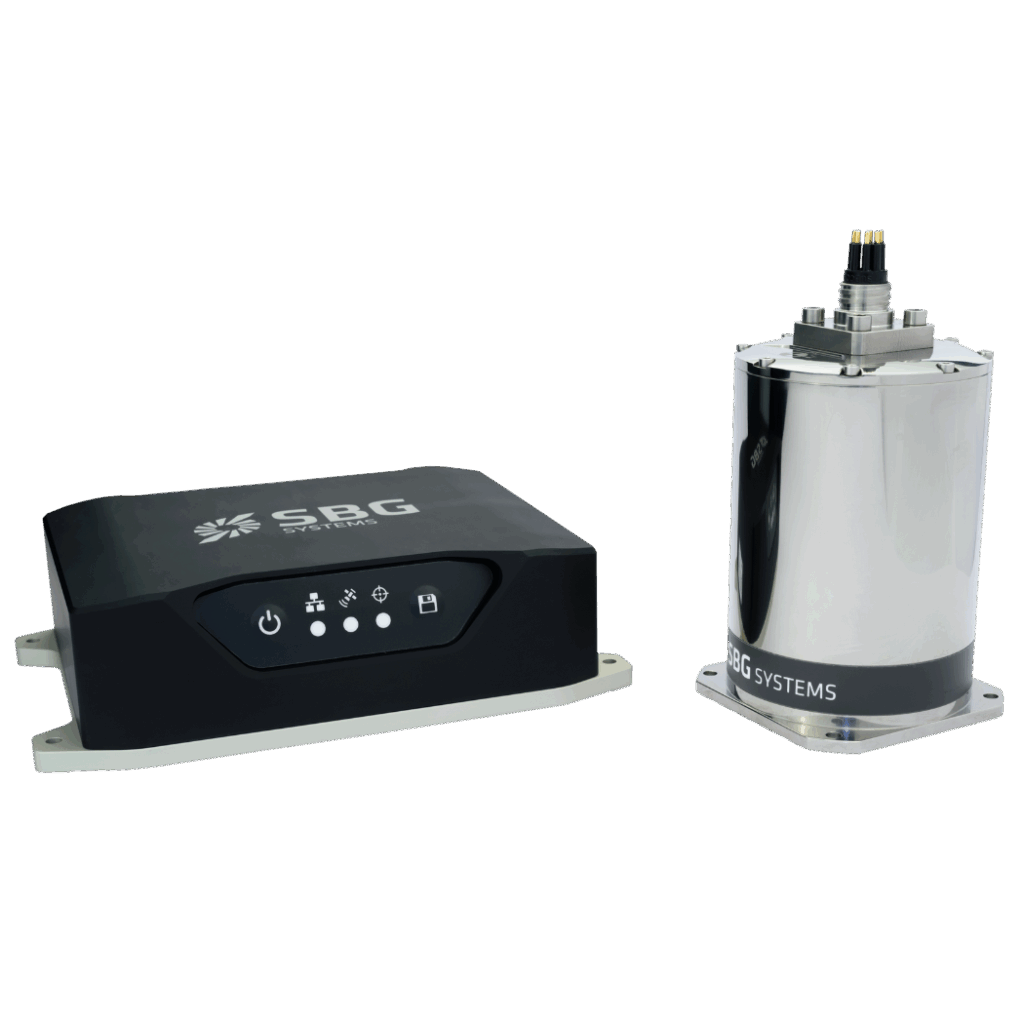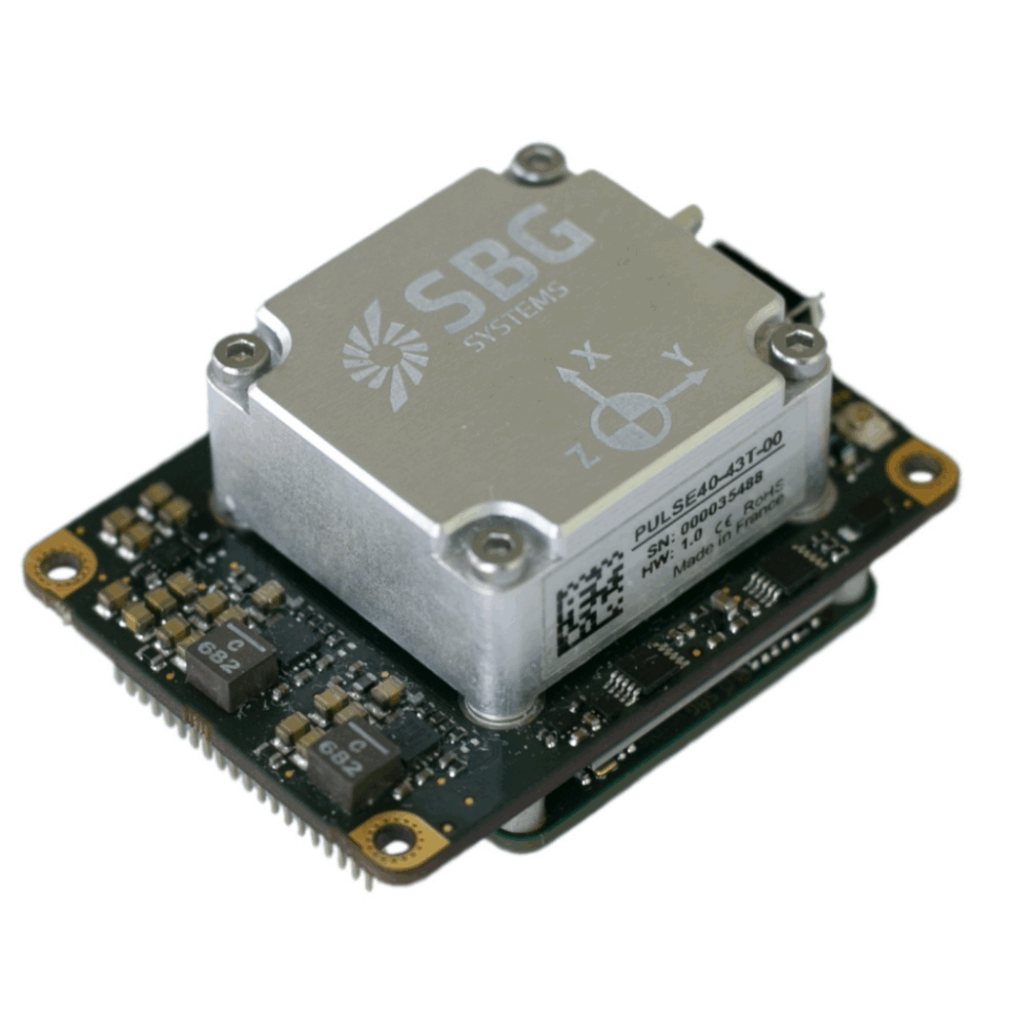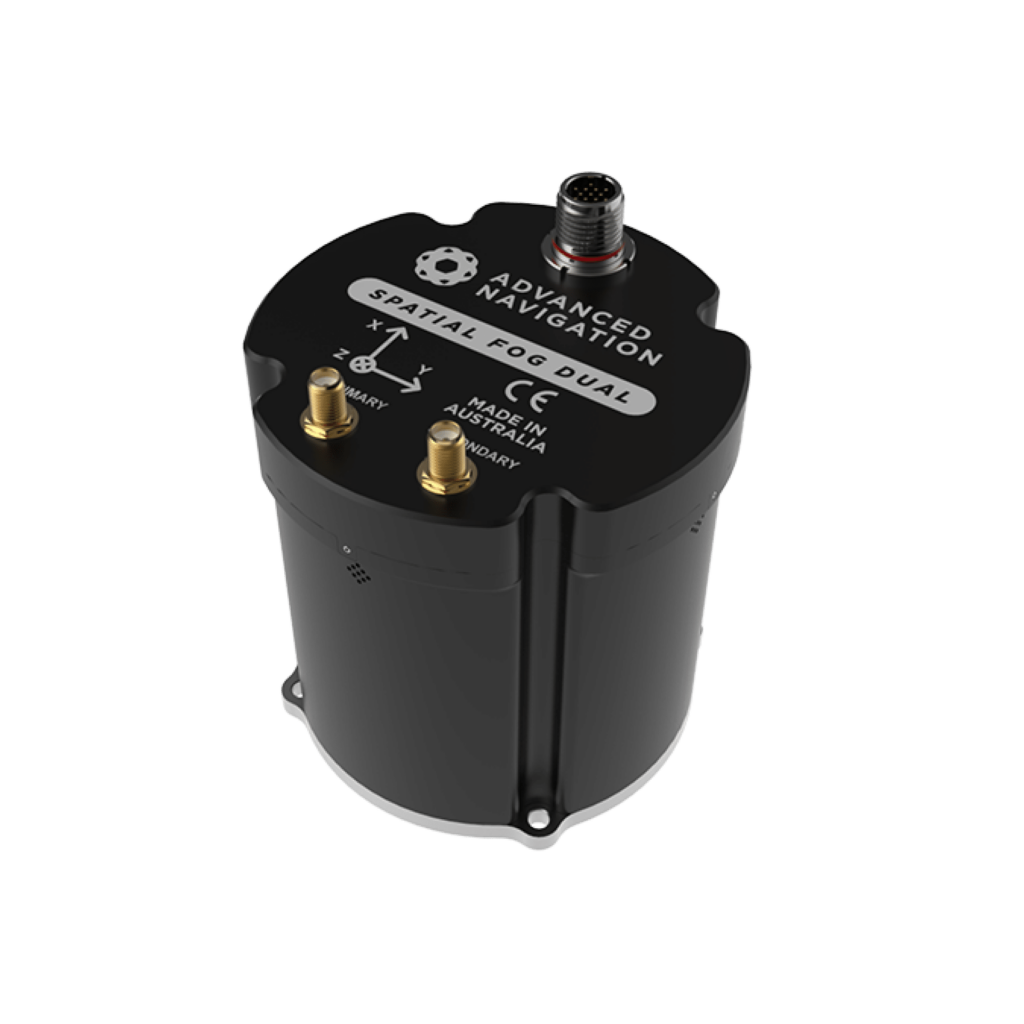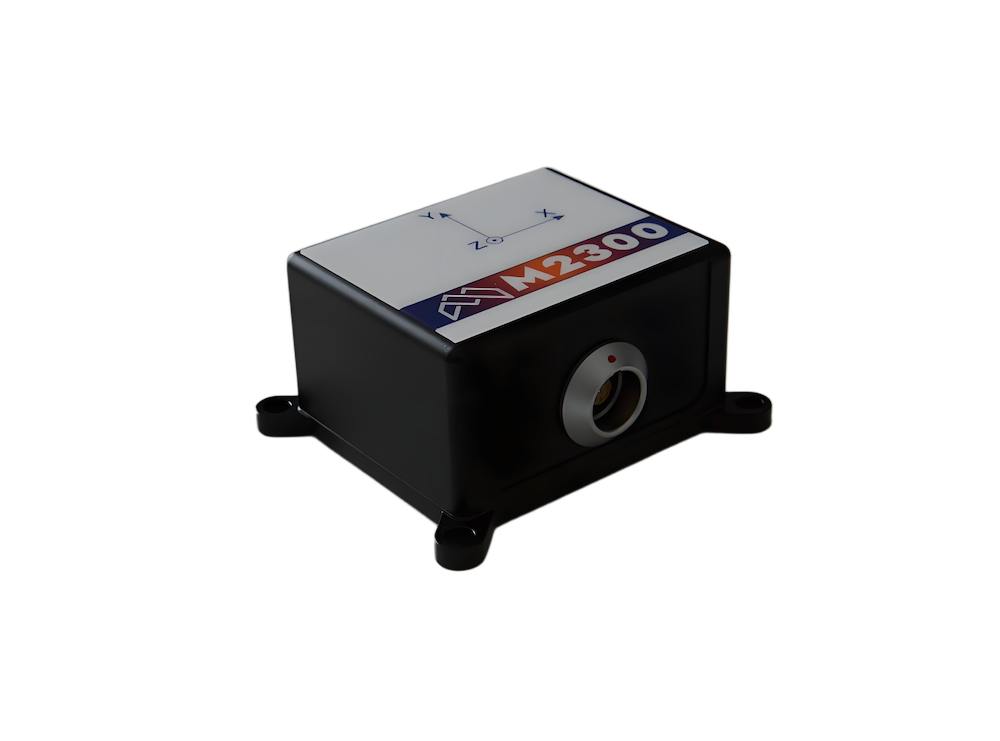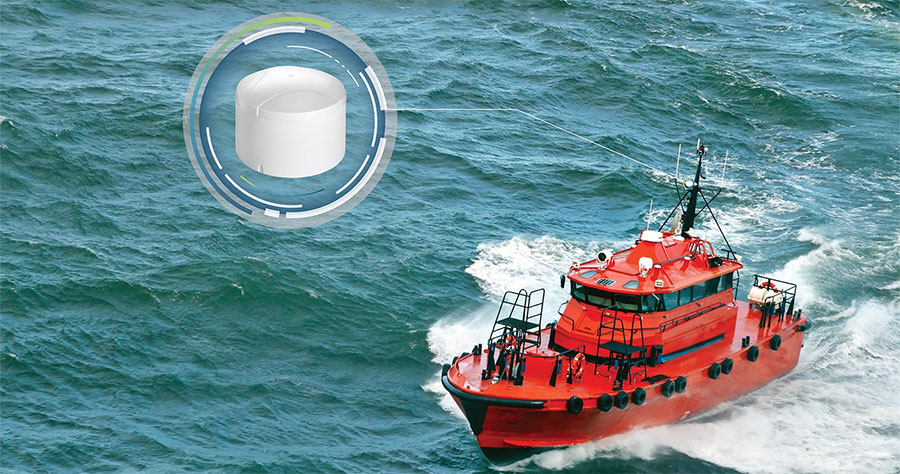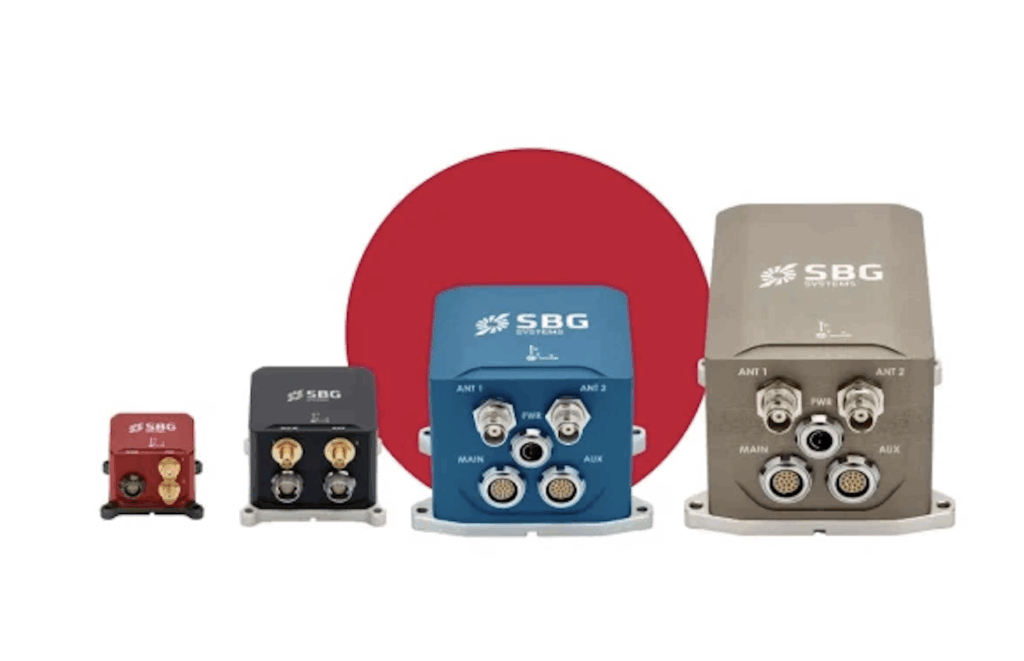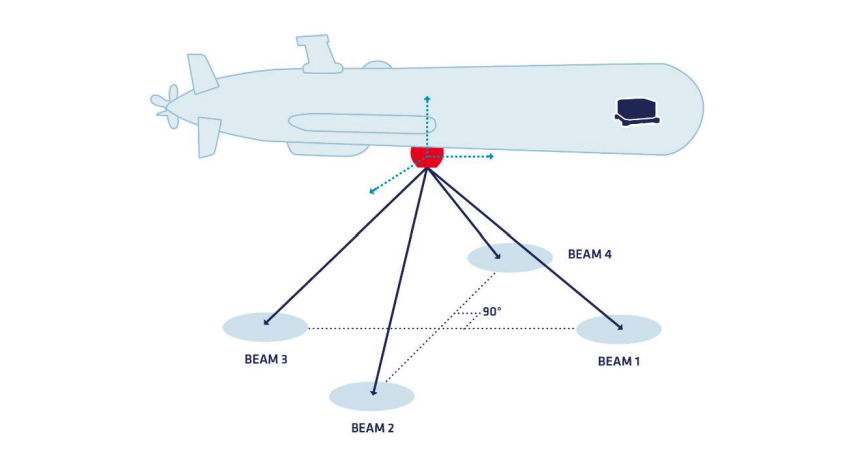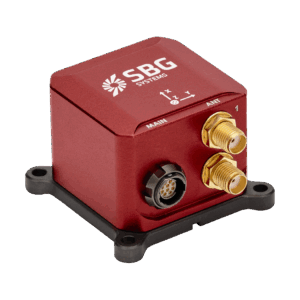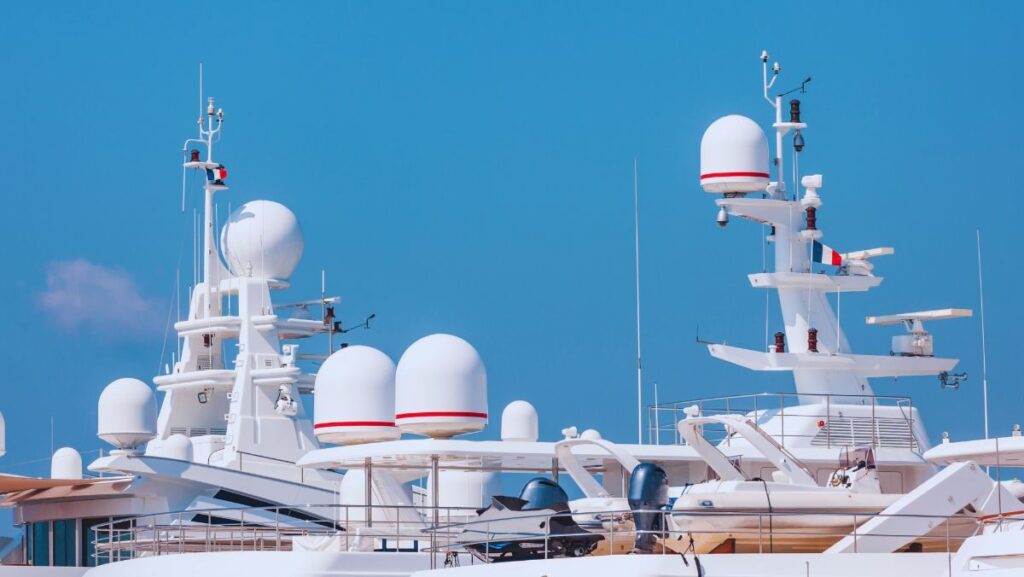Suppliers
Add your company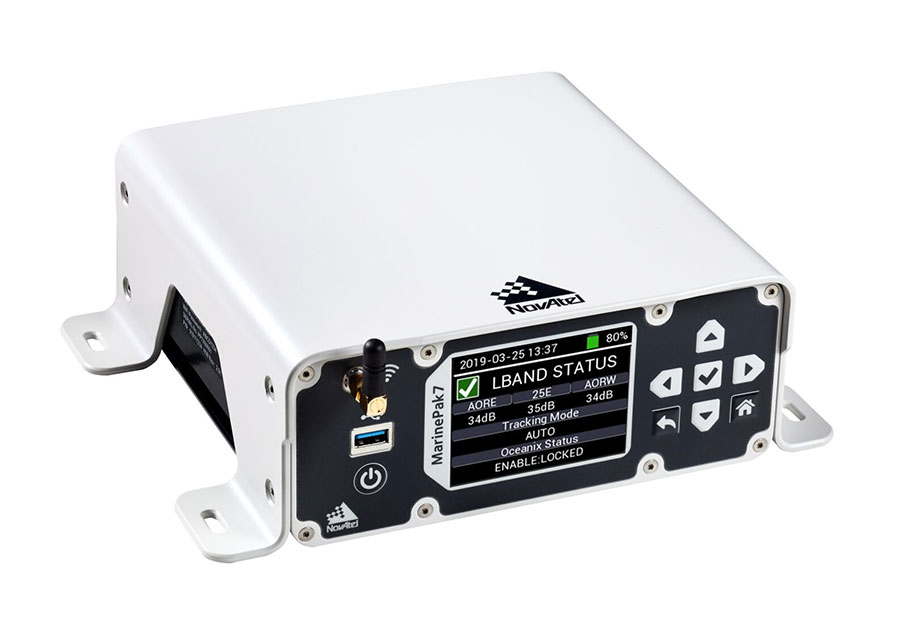
Precise GNSS & GPS Positioning Solutions for the Toughest Marine & Maritime Environments

Advanced Inertial Navigation, Motion & Positioning Solutions for Marine Applications
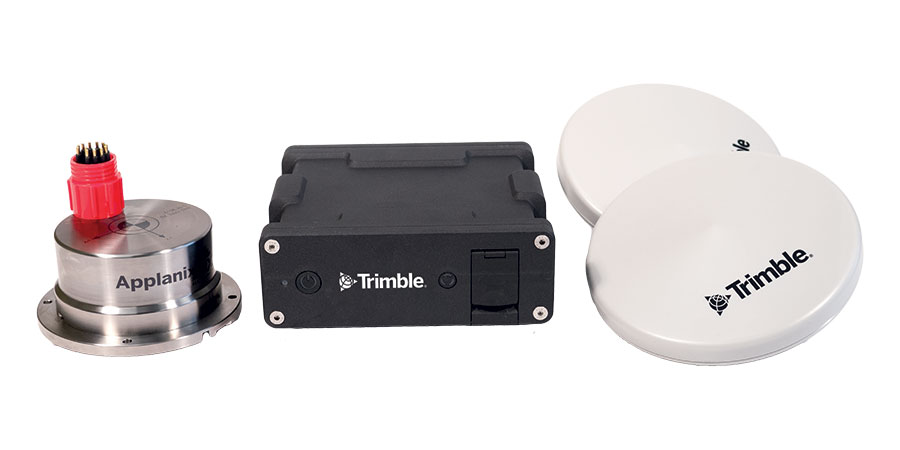
High-Accuracy Positioning, Orientation & Navigation Systems for Marine & Maritime Applications
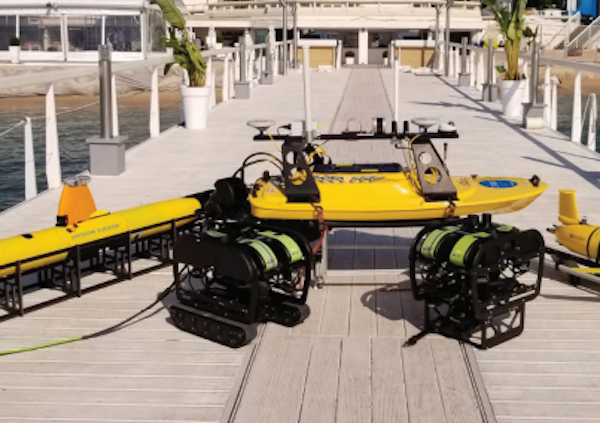
High-Performance Instruments, Sensors & Technologies for Exploring & Monitoring Subsea Environments
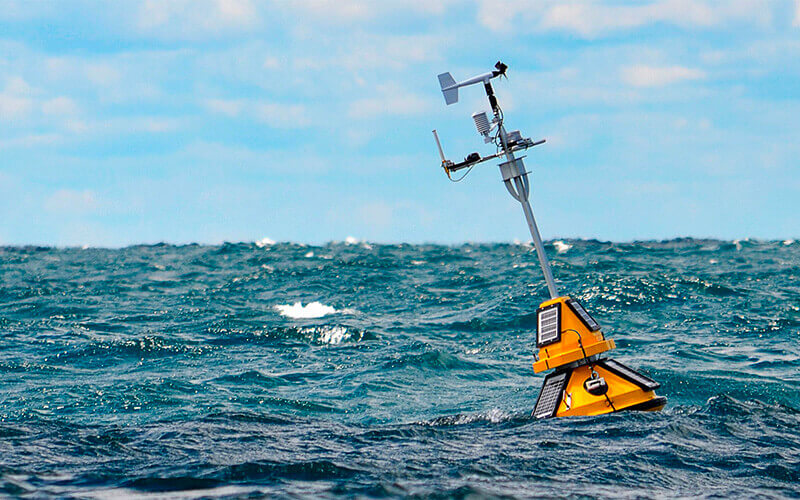
Cutting-Edge Positioning, Navigation & Motion Tracking Systems for Marine & Maritime Vessels & Platforms
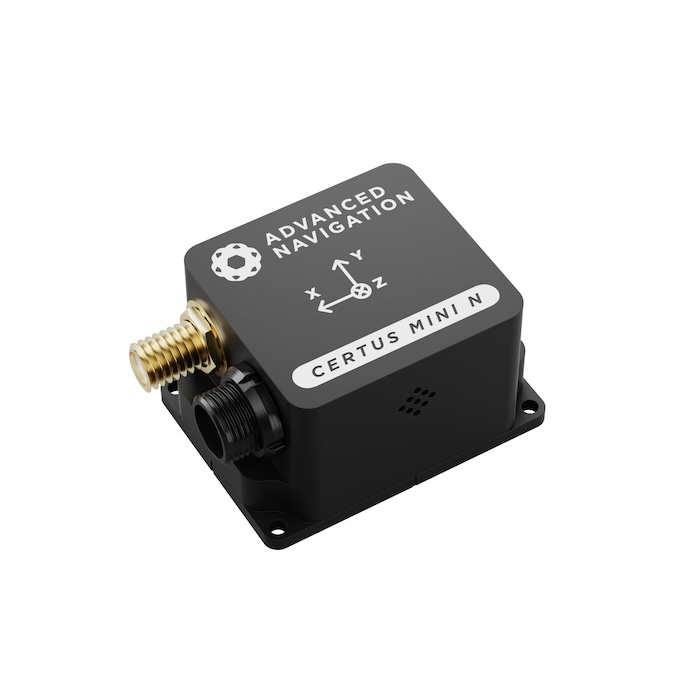
High-Accuracy Inertial Sensors & Acoustic Positioning Systems for Marine, Maritime & Offshore Applications

Cutting-Edge Ocean Robotics And Open Architecture Software Solutions

Marine-Grade Inertial Sensing Systems for the Offshore & Subsea Industries

AUVs for Environmental Mapping & Monitoring
If you design, build or supply Inertial Navigation Systems (INS), create a profile to showcase your capabilities on this page
Products
Inertial Navigation Systems (INS) for Marine Applications
Accurate navigation is fundamental to safe and effective marine operations, especially where satellite-based systems like GNSS/GPS are inaccessible or unreliable. Inertial navigation systems (INS) offer a robust alternative by delivering continuous positional data based on internal sensor measurements. In marine environments, on the surface or underwater, INS guides submarines, autonomous underwater vehicles (AUVs), remotely operated vehicles (ROVs), and ships through complex and signal-denied areas. Whether supporting subsea surveys, deep-sea exploration, or naval missions, marine INS enables precise navigation under the most demanding conditions.
What Is a Marine Inertial Navigation System?

Quanta Micro Inertial Navigation System (INS) by SBG Systems
A marine inertial navigation system (INS) is a self-contained electronic device that determines a platform’s position, orientation, and velocity by processing input from inertial sensors. These systems typically consist of accelerometers and gyroscopes that measure linear acceleration and angular rotation, respectively.
Applying Newtonian mechanics, the INS continuously calculates movement from a known starting point without relying on external signals. This makes them especially suitable for underwater or GNSS-denied environments. Marine INS units can function independently or be integrated with GNSS, Doppler velocity logs (DVLs), and other aiding sensors to enhance accuracy and correct for drift over time.
How Do Inertial Navigation Systems Work?
Inertial navigation systems work by measuring the linear acceleration and angular velocity of a platform. The system then uses these measurements to calculate changes in position and orientation over time. The core components include:
- Accelerometers to measure linear acceleration
- Gyroscopes to measure rotational rates
- Processing units to perform sensor fusion and calculate trajectory
For marine applications, these components are typically part of a strapdown inertial navigation system, where the sensors are rigidly mounted to the platform and use algorithms to resolve position changes. Many systems use GNSS-aided or GPS-aided corrections to reduce cumulative errors, particularly in surface vessels.
Marine Applications of Inertial Navigation Systems
INS technologies are widely deployed in a variety of marine and maritime scenarios. These include:
- Submarine Navigation: Submarines rely heavily on INS since they operate underwater without access to GNSS. Subsea INS units provide precise dead-reckoning capabilities critical for long-term submerged missions.
- Autonomous Underwater Vehicles (AUVs): AUVs require accurate navigation for seabed mapping, pipeline inspection, and scientific research. Marine INS, often combined with DVLs, allows these platforms to navigate autonomously over long distances.
- Remotely Operated Vehicles (ROVs): INS supports accurate station-keeping, positioning, and control for ROVs used in offshore oil and gas, salvage operations, and infrastructure inspection.
- Surface Ship Navigation: Ships use INS to augment GNSS systems for redundancy and precise maneuvering in confined waterways, port entries, and dynamic positioning.
- Underwater Positioning and Surveying: Marine INS enhances subsea positioning systems where traditional acoustic or GNSS methods are insufficient. These systems improve accuracy in hydrographic surveys and oceanographic studies.
- Marine Drones and Unmanned Surface Vehicles (USVs): Similar to aerial drones, marine drones and USVs use INS for autonomous navigation, especially when GNSS signals are blocked by structures or environmental interference.
Types of Inertial Navigation Systems Used in Marine Environments

Certus INS by Advanced Navigation
Several types of INS are suited for marine deployment, each with varying levels of precision and endurance:
- Strapdown INS: Compact and rugged systems with rigidly mounted sensors, suitable for small vehicles like AUVs and ROVs.
- GNSS-Aided INS: Combines INS with GNSS receivers to improve accuracy during surface operations.
- MEMS-Based INS: Lightweight and cost-effective systems ideal for small platforms, though less precise than fiber optic or ring laser gyroscopes.
- Subsea INS: Specifically engineered for deep-water performance and integration with acoustic and DVL-based systems.
- Hybrid INS/DVL Systems: Combine inertial data with Doppler velocity measurements for improved underwater accuracy.
Comparisons and Performance Considerations
While GNSS is widely used for surface navigation, inertial navigation systems provide key advantages in scenarios where GNSS is compromised:
- INS vs GNSSS: INS provides continuous navigation capability independent of external signals. GNSS, while highly accurate on the surface, can be jammed, spoofed, or unavailable underwater.
- GNSS-Aided vs Standalone INS: Aided systems benefit from correction signals, making them suitable for long-duration missions where standalone drift would otherwise accumulate.
INS Accuracy
Marine INS accuracy depends on sensor grade, calibration, and the duration of unaided operation. High-end systems offer drift rates as low as 0.01% of distance traveled.
Standards and Integration Considerations
Marine inertial navigation systems are typically designed to interface with various maritime technologies and must meet relevant environmental, performance, and interoperability standards. These include:
- IMO Performance Standards: Guidelines from the International Maritime Organization that define minimum performance requirements for shipborne navigation equipment.
- IEC 61162 / NMEA Protocols: Common communication standards for integrating navigation systems with marine electronics, including chartplotters, autopilots, and bridge systems.
- ISO 13628-6: Applicable to subsea production systems, this standard may be relevant where INS is integrated with remotely operated or autonomous subsea infrastructure.
- Environmental and EMC Compliance: Many INS products are tested to withstand marine-specific conditions such as vibration, humidity, corrosion, and electromagnetic interference, based on general industry or classification society requirements (e.g., DNV, ABS).
INS units are often integrated into larger marine systems such as dynamic positioning suites, hydrographic survey payloads, or AUV control platforms. Integration requires robust data interfaces and time-synchronization protocols to ensure accurate system performance.
Manufacturers and Industry Adoption
Numerous manufacturers produce INS tailored for marine environments, offering variations in performance, durability, and sensor integration. Selection depends on mission requirements, platform type, and operational constraints. Popular applications span defense, research, commercial shipping, subsea construction, and offshore energy.
Marine inertial navigation systems continue to evolve with advances in sensor technology, data fusion algorithms, and integration frameworks. These systems remain essential for accurate and reliable navigation across the world’s oceans.











